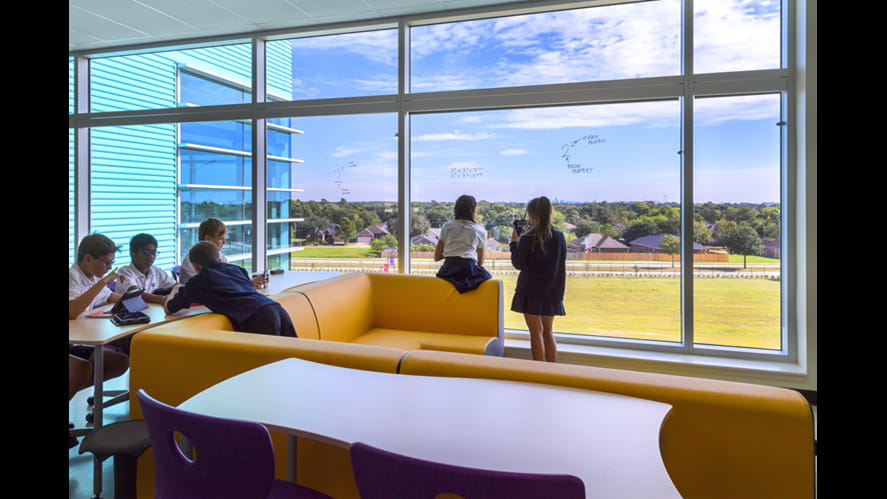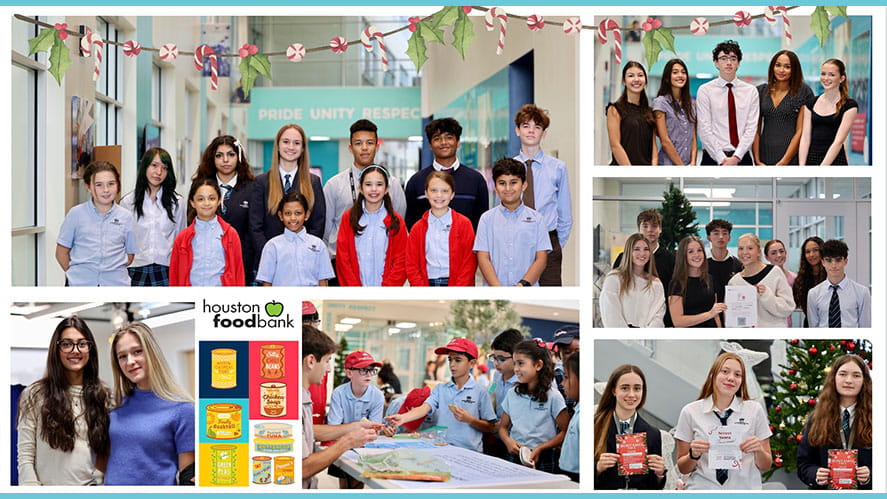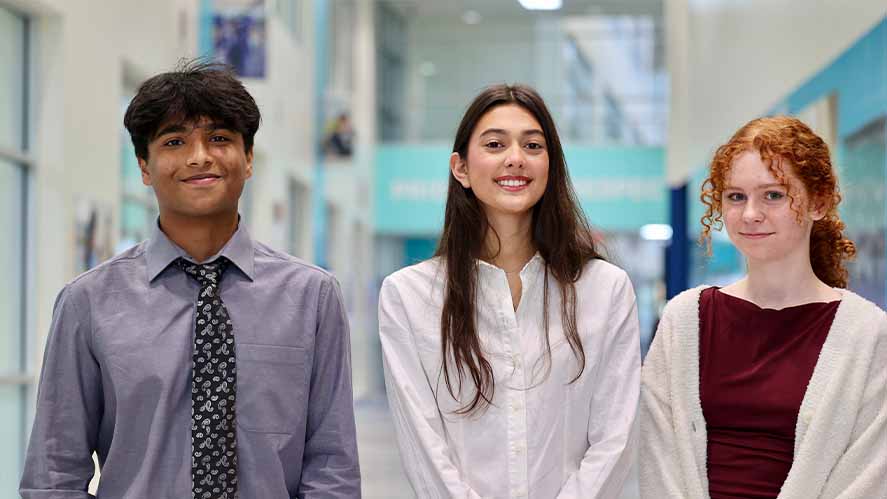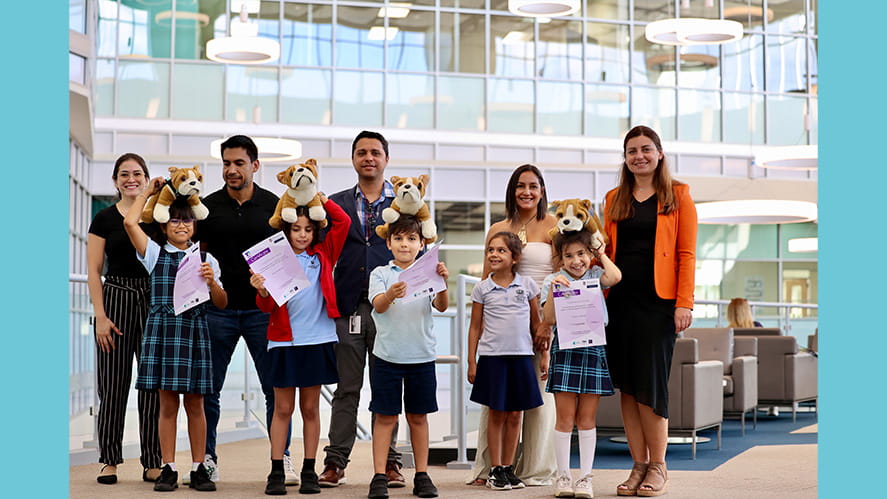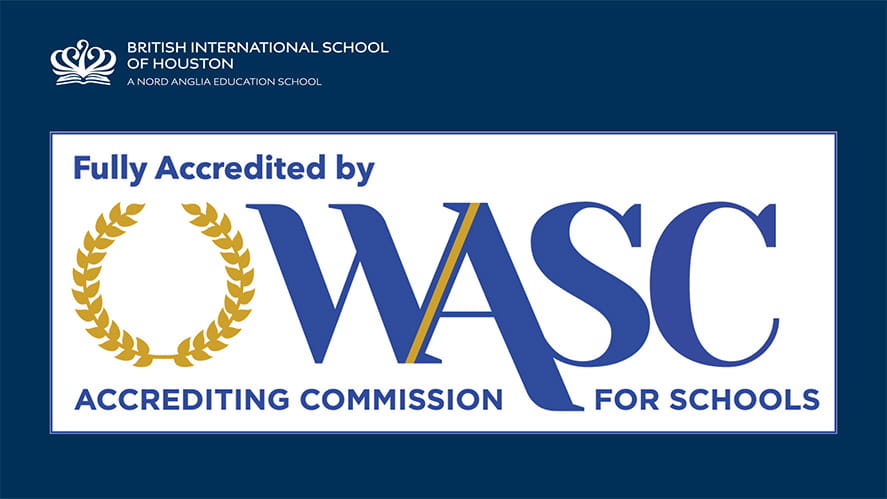The Architecture of Ideal Learning Environments In line with our strategic goals, our state of the art campus is built completely around the very individual and personalised needs of our learners, it is the most pedagogically advanced school building in the world.
Our campus design creates a variety of personalised learning spaces where students collaborate, learn from each other and solve real world problems. A central Agora, state-of-the-art auditorium, neighbourhoods, makerspaces and science labs support our collaboration with organisations such as MIT and The Julliard School to deliver exceptional education.
School buildings just aren’t what they used to be—and that’s a good thing. As Edutopia published in a recent article here’s a colorful look at how schools across the country, including BISH, are incorporating design elements architects say represent the future of learning.
Fanning Howey constructed BISH with the intention of making learning visible. The entire building is wrapped around a common area called the Agora—Greek for “gathering place”—which is modeled on the public courtyards at the heart of city life in ancient Greece.
All the classroom walls that surround the Agora are framed in floor-to-ceiling glass. From this central gathering place, students of all ages can see and be seen, peering into others’ classrooms and neighbourhoods to view what they’re doing while being observed at their own work.
Through visual transparency—by looking through a window into something interesting happening in a makerspace, robotic lab, or a classroom—you’re creating a public conversation about teaching and learning.... Read more here.



